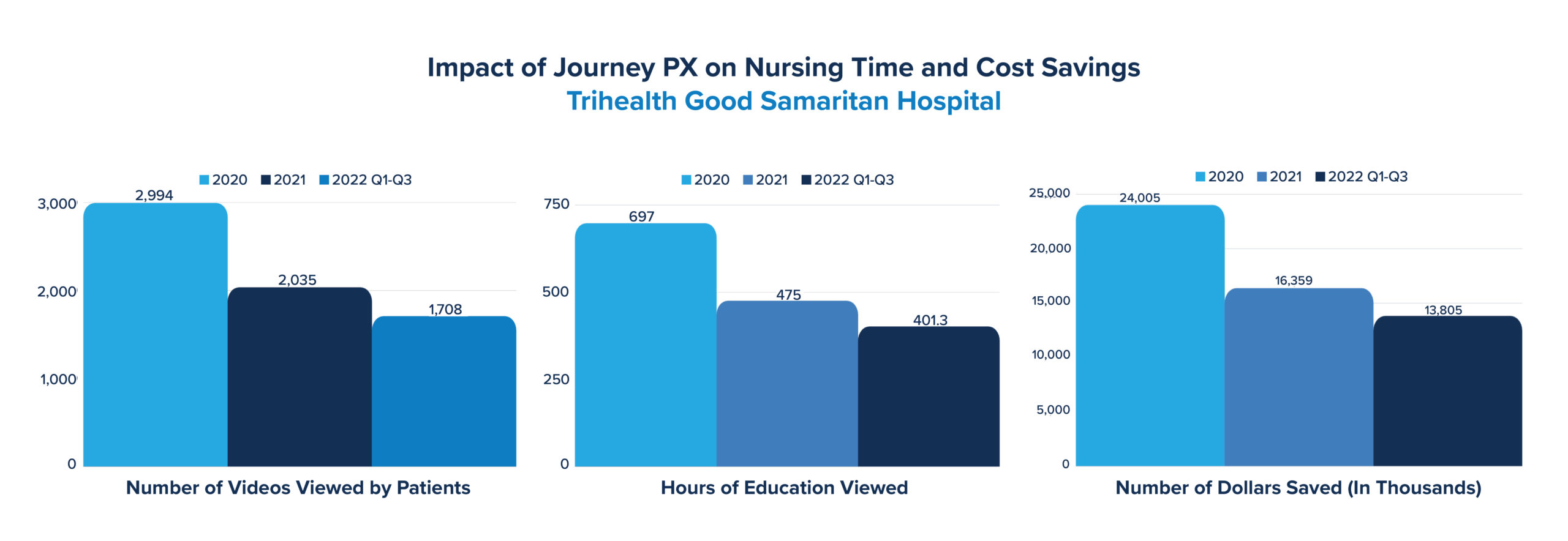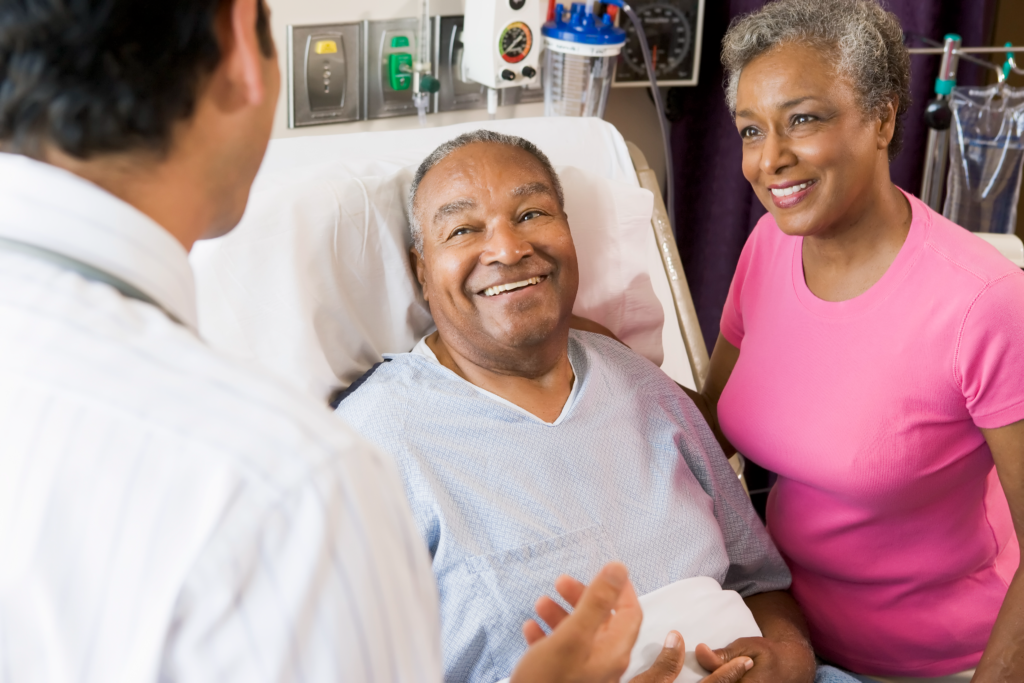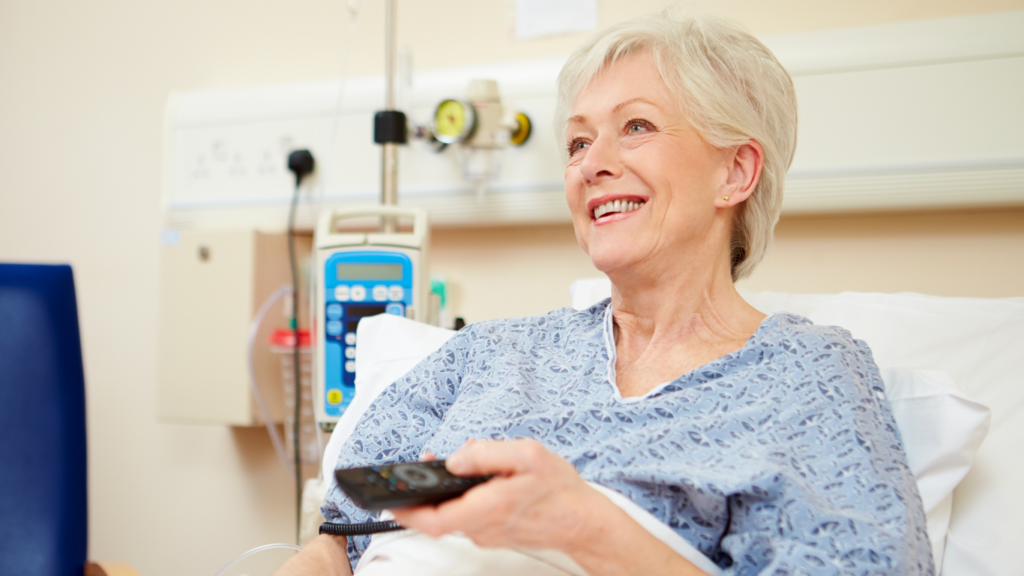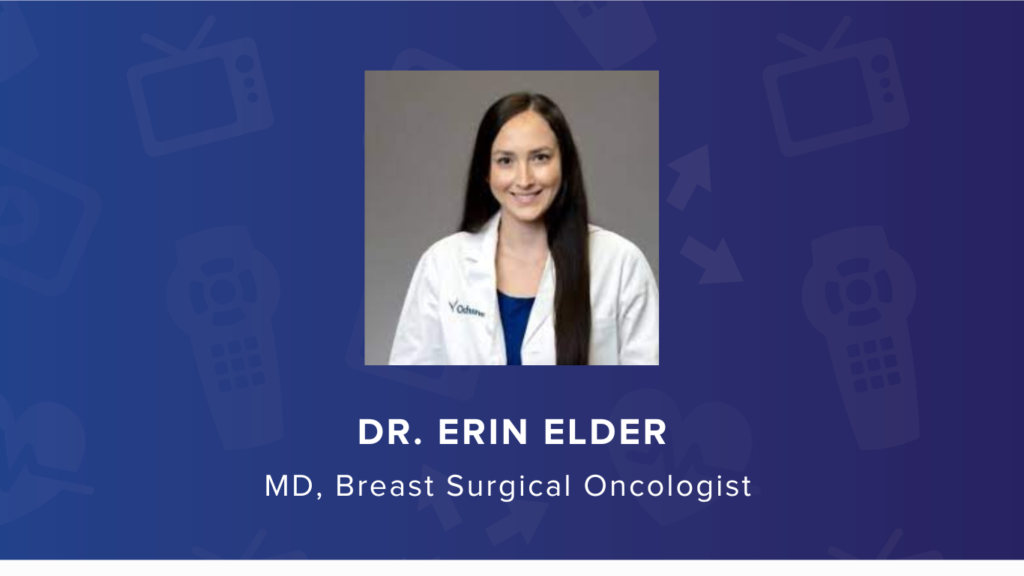How Journey PX Saves Hospital Organizations Valuable Nursing Time and Money
Written with contributing author Linda Robinson, MSN, BN, RN, Vice President of Clinical Excellence, MDM Healthcare.
As the healthcare industry recognizes the need for change and embraces technology solutions, there is some renewed hope that hospital care teams can recover from the challenges they have faced in recent years. The cutting-edge, cloud-based patient experience platform Journey PX saves hospital organizations valuable time and money by partnering with them to transform care delivery models and lean down clinical workflows for healthcare teams.
To demonstrate the impact of Journey PX in this area, data from a few of our partners is highlighted below.


Technology to improve patient engagement is now allowing patients to become more empowered by getting educated on their conditions. The Journey PX solution My Stay, offers patients access to an extensive library of patient education videos, giving patients access to the health education they need in order to become more informed about their condition and proactive about their care. Nurses can support the patient by assigning them an education that is particular to their health. Journey PX solutions also support the patient’s families by providing them with education and information as well. “Delivering information in a timely manner in digestible bites for the patient at home, and at the bedside really makes a difference in their care. It not only drives health literacy, but it increases outcomes. It also keeps hospital costs down,” said Linda Robinson, MSN, BN, RN, Vice President of Clinical Excellence, MDM Healthcare. Robinson described how the new technology in healthcare works. “Let's say a patient comes into the hospital and, upon admission, there is a screening for a fall. So, a fall score is done, and the patient has a high fall risk. As soon as that is documented within the EMR, a video about preventing falls in the hospital can automatically be sent to that patient. That patient then gets a prompt on their television set that says: “you've been ordered a video about your health. Would you like to watch it now, or would you like us to remind you later?” The patient can watch it now by pushing 1 on their pillow speaker or remote, whatever is in the room for them to use for their television or they can say, remind me later. If they say, remind me later, it can be customized to remind that patient,” she explained. Robinson is an expert in patient care technology in nursing with decades of experience and has seen the impact of technology in healthcare firsthand over the years.

A recent McKinsey study suggests these changes would be embraced by nurses and patients alike. It states, “Organizations may consider how to leverage digital tools and adapt care models based on patient and employee preferences. As hospital systems contemplate new ways to embed virtual elements into nursing workflows to improve safety, quality, and efficiency, they are likely to find an enthusiastic workforce. Roughly two thirds of frontline nurses are interested in providing virtual care in the future.”
Journey PX also aids in the interoperability of hospital care teams. As Robinson explained, “In addition to focusing on in-room solutions for the patient, we also focus on providing clinical efficiencies for hospital care teams.I think every nurse is passionate about being an advocate for the patient, but we also must be an advocate for our profession. Coming out of this pandemic—even before then—there's been a nursing shortage. Now in 2025, they're saying the nursing shortage could be down 250,000-400,000. We have got to adopt some technology to help us do what we do to support patient satisfaction and to support our quality and safety initiatives. Journey PX helps support those initiatives, providing nursing shortage solutions. Nurses need that extra hand. They need something that helps them do what they already do, but even better, and save them some time. At MDM, we focus on clinical efficiencies—whether it's clinical workflows at the bedside or within the hospital’s electronic medical records.”
If you are interested in more information about how Journey PX can save your hospital organization time and money please schedule your demo with us.






























